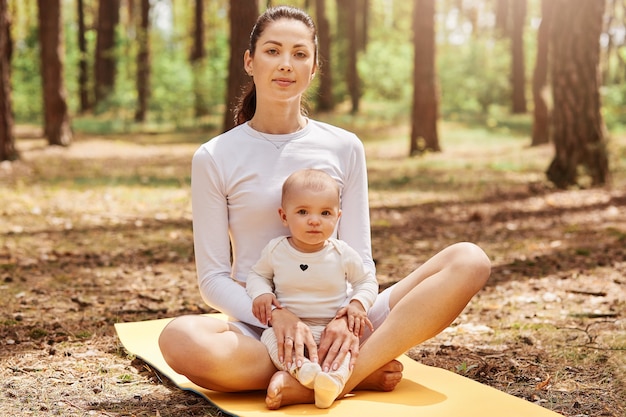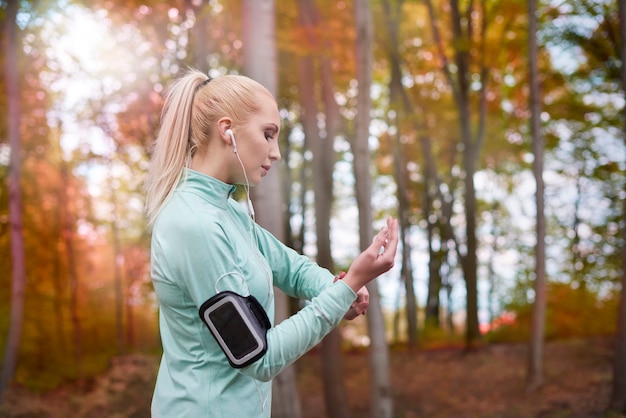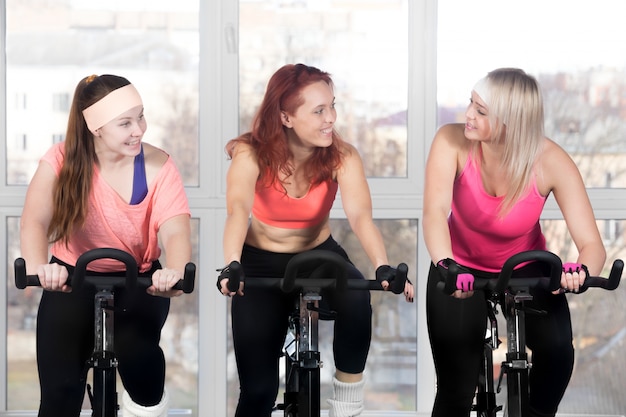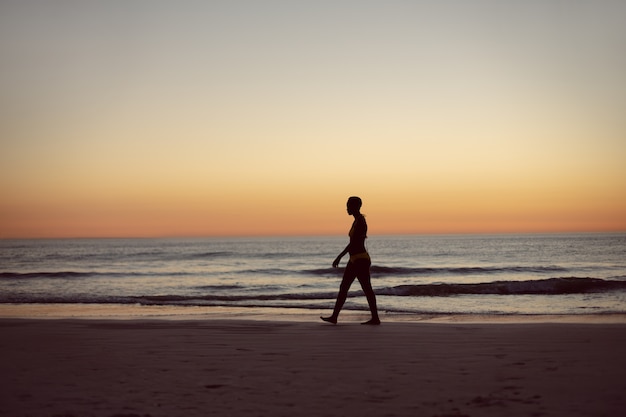Becoming a new mom is one of life’s most beautiful experiences—but it can also be overwhelming. Between sleepless nights, feeding schedules, and adjusting to a new identity, stress can quickly build up. Physical activity is a proven way to ease stress, but with limited time and energy, how do you choose the right one?
Two of the most accessible options—walking and jogging—are often compared. But which one is better for reducing stress, especially for new moms? Let’s explore what the science says, how each activity affects your mind and body, and how to choose and adapt the right one for your postpartum journey.
Physical activity triggers a cascade of beneficial changes in the brain. It increases the production of endorphins—natural mood lifters—and helps regulate stress hormones like cortisol and adrenaline. Exercise also improves sleep, boosts self-esteem, and provides a sense of control—critical for new moms navigating a whirlwind of emotions.
Both walking and jogging offer these benefits, but they differ in intensity, impact, and accessibility—especially during the postpartum period.
Walking is low-impact, easy to start, and can be done almost anywhere. For new moms, it’s often the most realistic form of exercise in the early months after childbirth.
Research shows that even 20–30 minutes of brisk walking daily can significantly reduce symptoms of anxiety and depression. The rhythmic nature of walking promotes mindfulness, allowing you to focus on your breath, your steps, and the world around you—essentially a moving meditation.
Walking with your baby in a stroller adds bonding time and makes it easier to stick to a routine. It’s also safer for those recovering from childbirth, especially if you had a C-section or are managing pelvic floor issues.

Walking with your baby helps reduce stress and strengthens your bond.
Jogging raises your heart rate more than walking, which can lead to a quicker release of endorphins—the so-called "runner’s high." This can be powerful for stress relief, especially if you’re looking for a more intense emotional release.
However, jogging is higher impact and places more strain on joints and pelvic muscles. For new moms, especially in the first 6–12 months postpartum, this can increase the risk of injury or pelvic floor dysfunction if the body isn’t fully healed.
If you were a regular runner before pregnancy, you may be able to return to jogging sooner—but it’s essential to ease back in and listen to your body. For others, starting with walking and gradually increasing pace is a safer, more sustainable path.
Studies suggest that both walking and jogging are effective for reducing stress and improving mood. The key factor isn’t the activity itself, but consistency and enjoyment. If you enjoy walking, you’re more likely to do it regularly—and consistency matters more than intensity when it comes to long-term stress reduction.
One study found that walking at a moderate pace for 30 minutes five times a week reduced anxiety levels as effectively as more vigorous exercise. Another showed that people who enjoyed their workouts reported greater emotional benefits, regardless of type.
Here’s how to decide between walking and jogging as a new mom:
Start small. Even 10 minutes a day helps. Gradually increase duration before intensity. Here’s a simple plan:
Use a stroller, baby carrier, or schedule walks during naps. Pair your walk with a podcast, music, or a phone call to make it more enjoyable.

Find a routine that fits your lifestyle and brings joy.
When it comes to reducing stress, walking and jogging both have their place. For most new moms, walking is the smarter, safer, and more sustainable choice—especially in the early postpartum months. It reduces stress, improves mood, and fits easily into a busy schedule.
The best exercise is the one you can do consistently and enjoy. Whether it’s a quiet morning walk with your baby or a slow return to jogging, prioritize self-care without pressure. Your mental health matters—and every step counts.

Wellness

Wellness

Wellness

Wellness

Wellness

Wellness

Wellness

Wellness

Fitness

Fitness

Wellness

Wellness

Health

Fitness

Health

Health